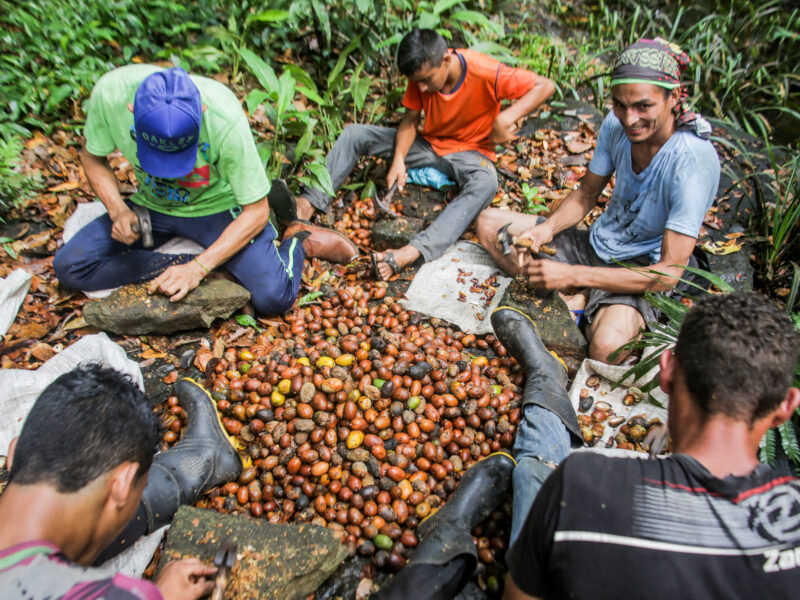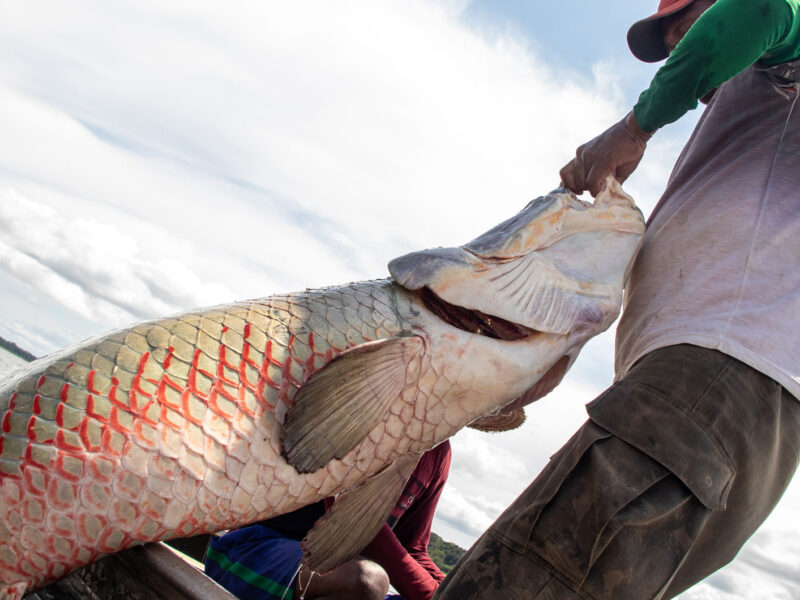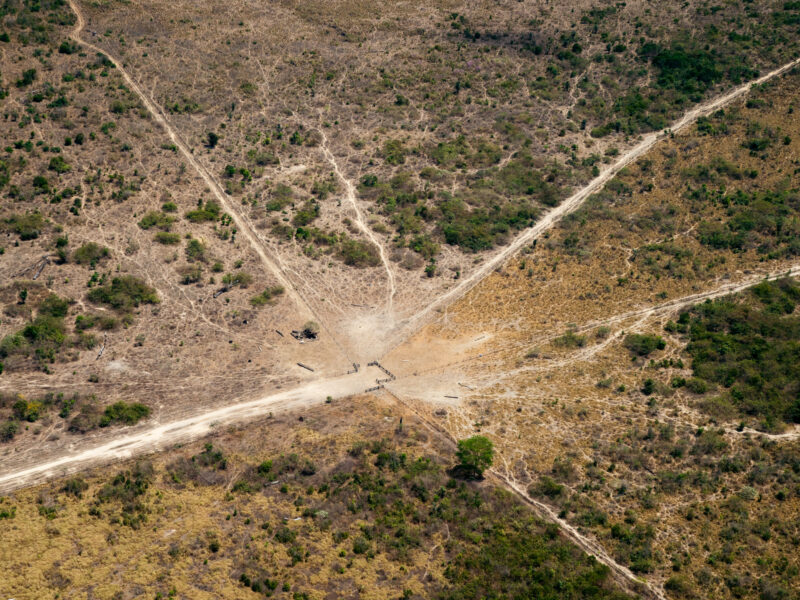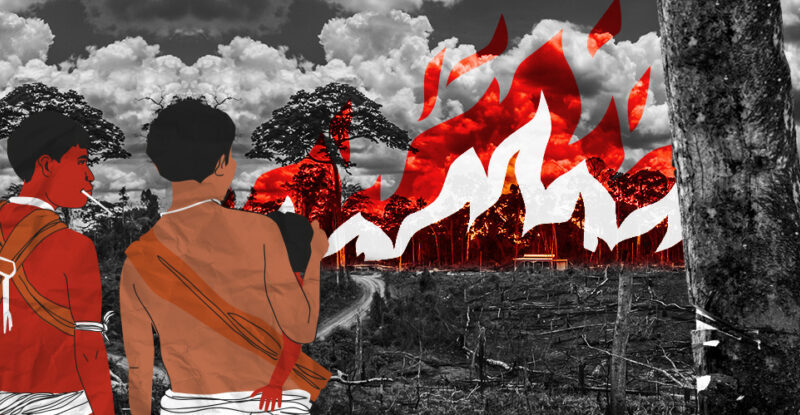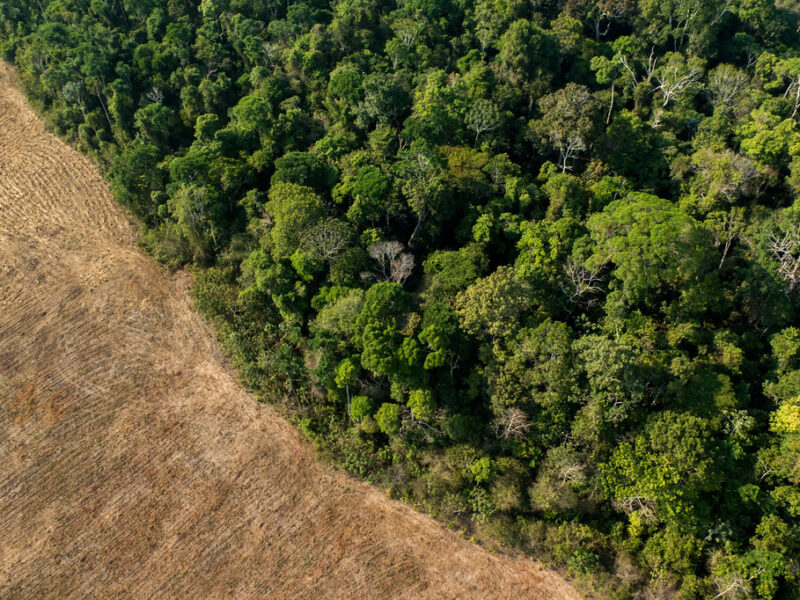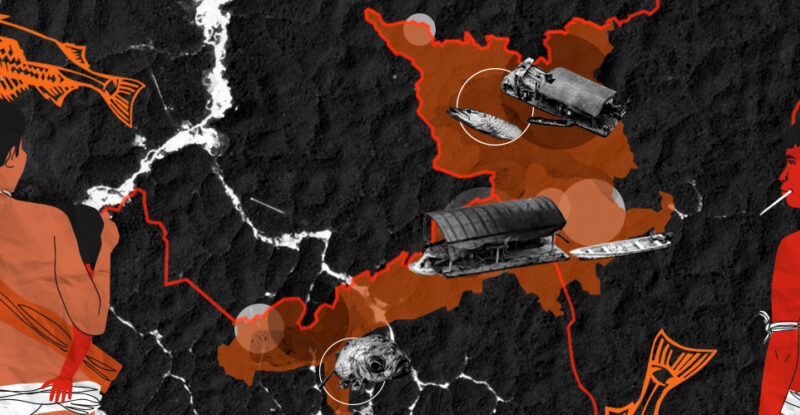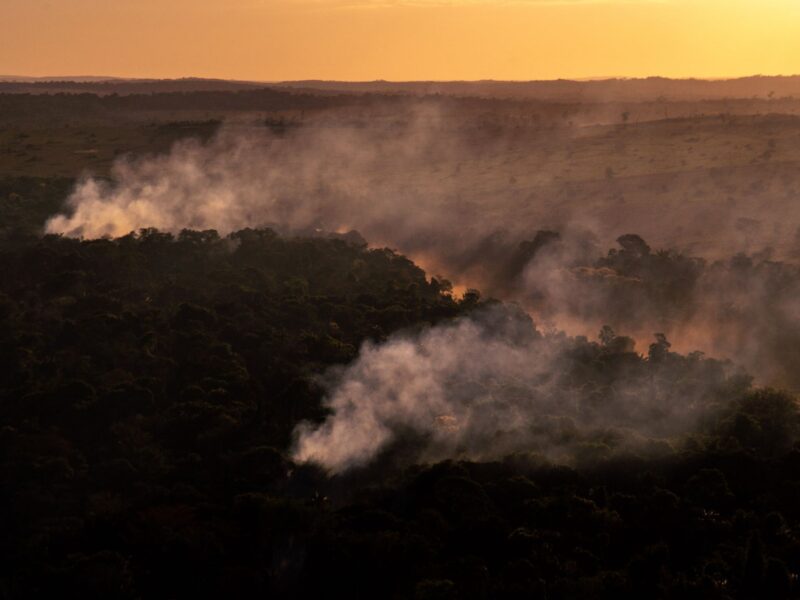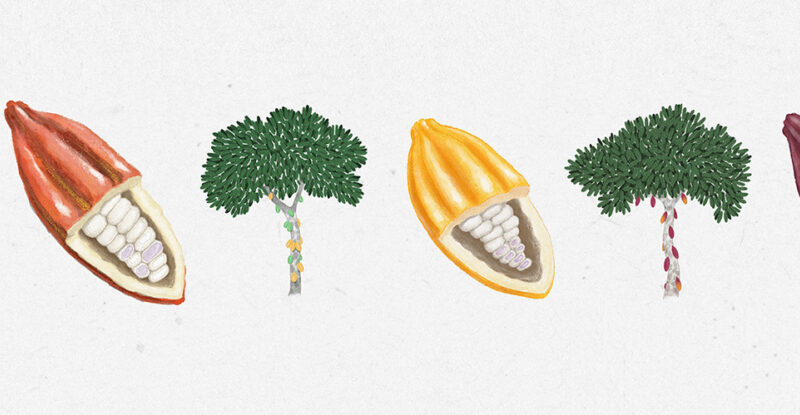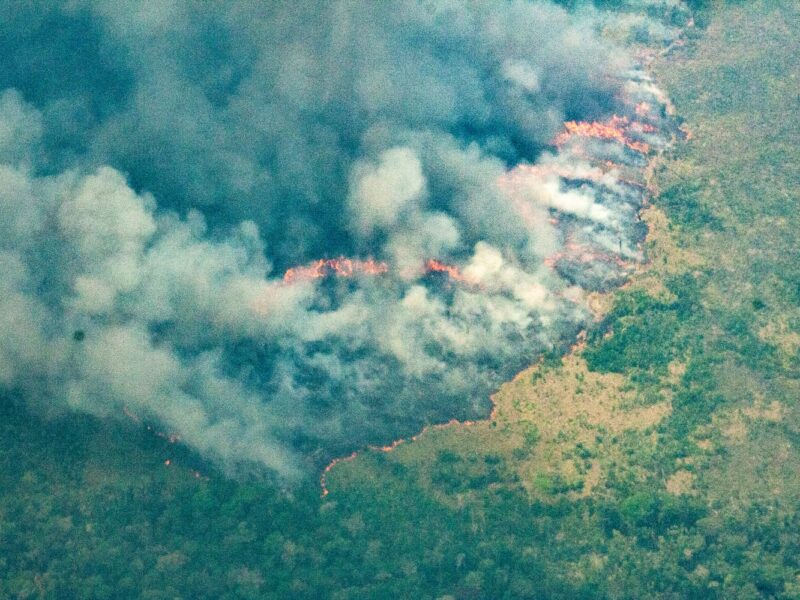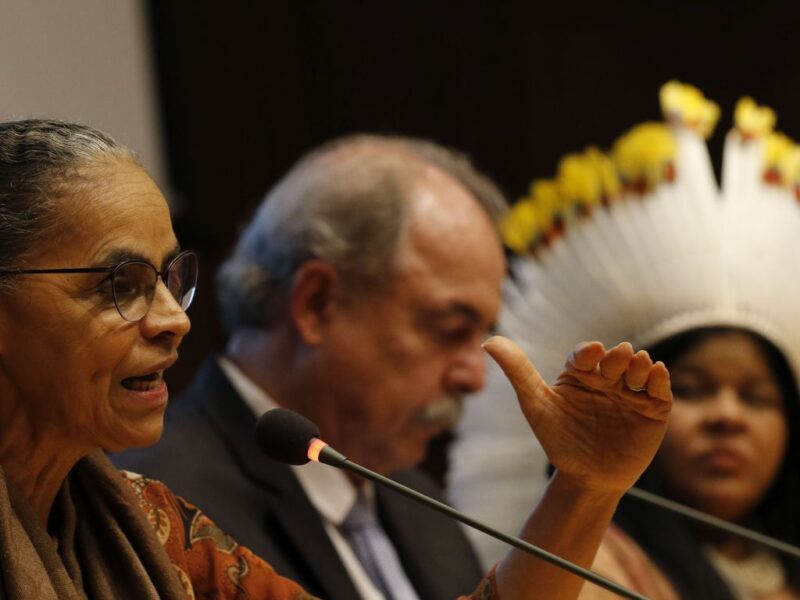Concept goes beyond the defense of strengthening forest products, and carries the prefix ‘socio’ to show that the way local communities work in the economy in the Amazon, preserving its diversity, is fundamental to sustainable development.
PlenaMata
Management of the pirarucu: when science and communities join forces to generate income in the Amazon
Contrary to forecasts made in the 1990s, over 40 areas are guaranteeing the protection of the species without driving the pirarucu to extinction. In addition, sales of the fish provide income to fishermen, who now join a production chain that brings no harm to the Amazonian ecosystem.
The Day of Fire, three years later: over half of the forest burned in the Amazon has become pasture
In addition to the area targeted for livestock, nearly 40% of the forest affected by the 2019 arson is still unused and was burned ‘for the sake of burning.’
Survey points to advance of agricultural frontier into Yanomami Indigenous Territory; over 700 km² have suffered degradation and deforestation
Analysis of data from the Geo-Yanomami group shows that, in addition to mining, the territory also has records of deforestation. The problem is driven by advances of agribusiness.
Trees in the western and southern Amazon are less likely to survive long periods of drought
Study published in the journal ‘Nature’ sought to understand how different parts of the forest respond to drought. The research was led by a Brazilian scientist in partnership with 80 other authors and surveyed the conditions of 540 trees of 129 different species scattered across Brazil, Bolivia and Peru.
New analysis reveals that 59% of the rivers inhabited by the Yanomami suffer impact from mining and invasions
Survey led by the INPE and Fiocruz, in partnership with InfoAmazonia, was conducted based on satellite images of indigenous land and analyzes the impact of territorial change on rivers and communities, including mining, degradation and deforestation. Over 62% of the Yanomami population live in areas under the influence of invaders.
PPCDAm: new plan against deforestation includes technologies to anticipate devastation and investment in bioeconomy to develop the Amazon
The 5th phase of the PPCDAm, a plan first launched in 2004, presents four axes for containing advancing deforestation from 2023 to 2027. The project will depend on 13 ministries for its execution and will serve as the base for achieving the goal of zero deforestation in the Amazon by 2030.
The history of cacao in the Amazon from arrival in Brazil to alternative for the local bioeconomy
Native to the Amazon, cacao helps preserve the forest intact, generate income and recuperate degraded areas. With demand outpacing production, the chain connected to the fruit in the country still lacks incentive for growth and development for local producers.
70% of the Amazon forest could be degraded by 2050
In addition to deforestation, forest degradation provoked by human action is among the main sources of carbon emission. Fire and drought are the main factors responsible for future degradation, indicative of the gravity of climate change. Even if the Amazonian countries achieve the promised goal of zero deforestation in 2030, the degradation will continue, as David Lapola explains in an interview with InfoAmazonia.
Amazon Fund gains importance in Brazilian diplomacy and draws attention from more countries
Main donor Norway may increase contributions; The country’s minister of the environment is visiting Brazil until Saturday (25) and reaffirms commitment, while adding that they support Brazil in the mobilization of additional resources. Switzerland, France, Spain, the UK and the US have also expressed interest in investing in the fund.


